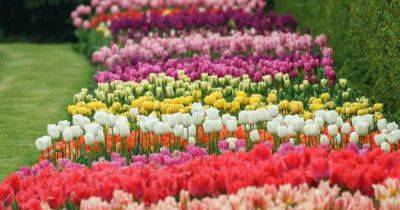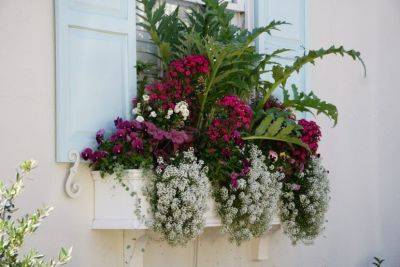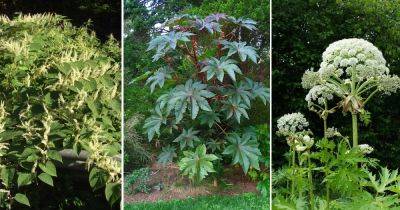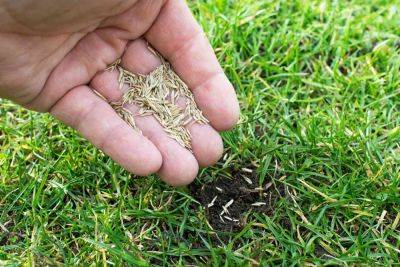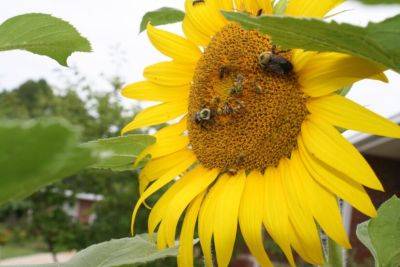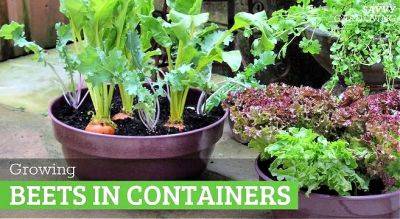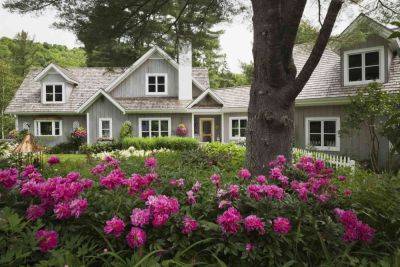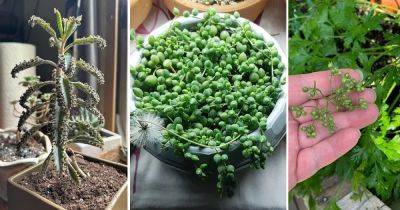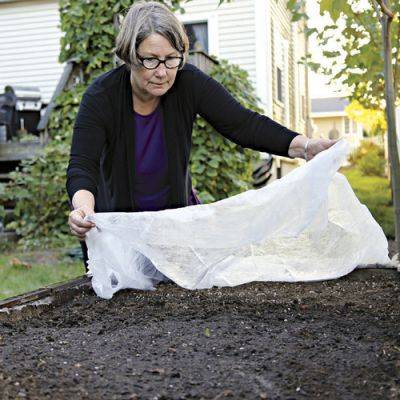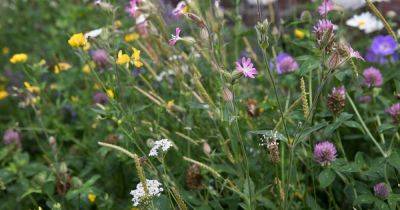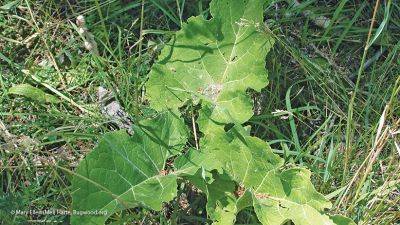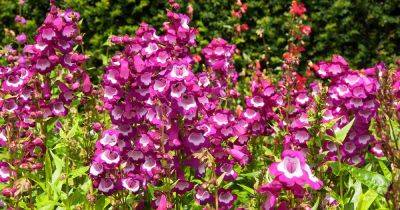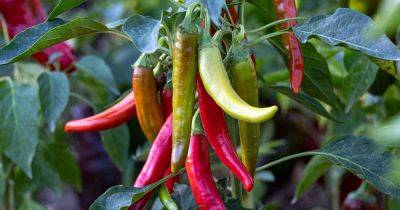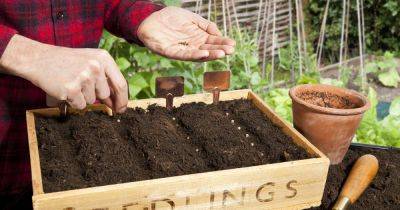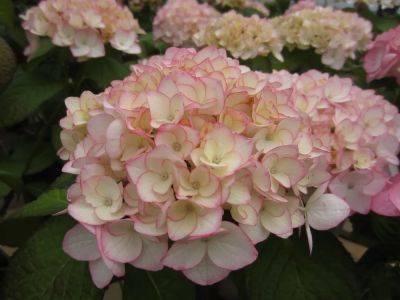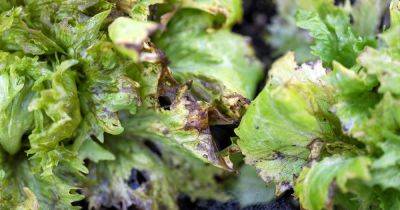Seeds Tips & Guides
Welcome to the "Seeds" section of diygarden.cc! Here, we delve into the fascinating world of seeds and provide you with valuable information to help you unlock the potential of these tiny powerhouses in your gardening endeavors.
They are the reproductive structures produced by plants, the result of fertilization and contain the embryonic plant, along with a supply of nutrients to support its initial growth.
Seeds play a crucial role in the plant life cycle, enabling plants to reproduce and spread to new locations. Seeds are typically formed within the reproductive structures of plants, such as flowers, cones, or fruits. Inside a seed, there is an embryo, which consists of the young plant in a dormant state. This embryo has a root, stem, and one or more leaves, which will develop into the mature plant.
In addition to the embryo, a seed also contains a food source called the endosperm or cotyledon. The endosperm provides essential nutrients, such as carbohydrates, proteins, and fats, to support the early growth of the germinating seedling until it can establish its own photosynthetic capacity.
Seeds come in various sizes, shapes, and structures, depending on the plant species. They may be tiny and barely visible to the naked eye, like those of orchids, or large and easily recognizable, like the seeds of sunflowers. Some seeds have protective coverings, such as hard shells or husks, while others are enclosed within fleshy fruits.Our "Seeds" section of diygarden.cc provides you with valuable knowledge, tips, and techniques to embark on your gardening journey.
